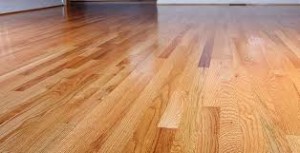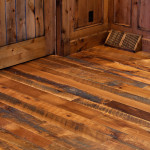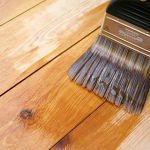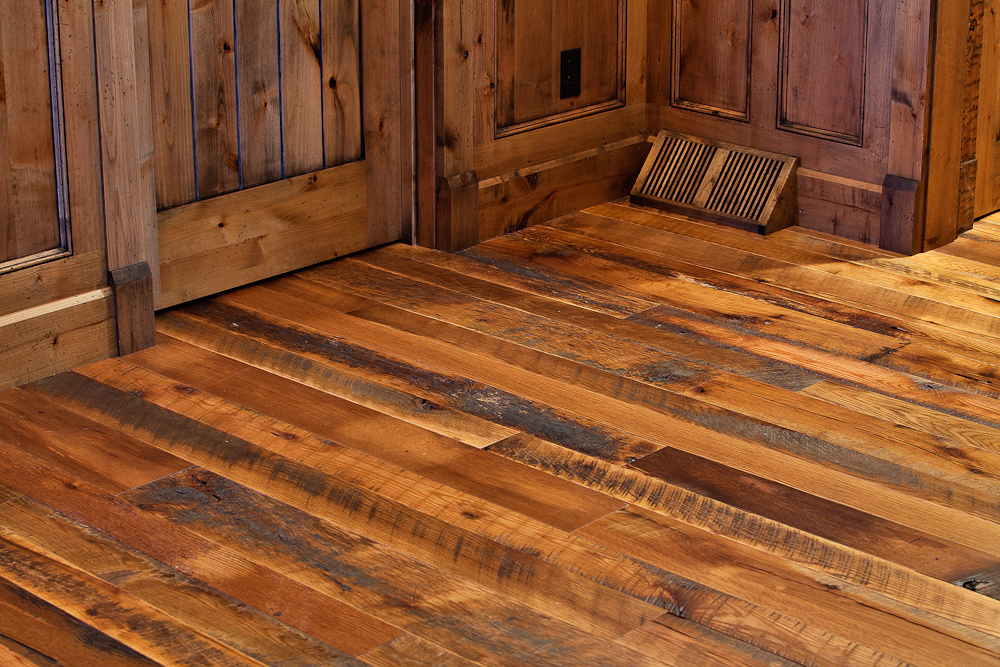
Which product you choose and how you apply the finish to your floor will depend on many factors, not least the volume of traffic it will be subjected to and whether you intend to do the work yourself or hire a flooring professional. Maintenance, drying time, and final durability are also things you need to take into consideration.
Here is our lowdown on some of the wood finishes available on the market today:
Hard Wax Oil and Natural Oils
Hard wax and natural oil are both popular choices and represent one of the oldest ways of putting a protective sheen down on your floor. For a long while, they were the primary method homeowners used. Still, they went out of fashion when quicker and easier to apply, ranges of varnish (polyurethane) came onto the market in the 70s.
Having said that, both hard wax and natural oil have started to make a comeback in recent times, with many people looking for that natural, subtle finish. They are also considered to be greener products that do less harm to the environment.
Hard wax and natural oil are very easy to apply, which is why many do it yourself enthusiasts love them as wood floor finishes. The only problem is that floors treated in this way need more regular maintenance and can be susceptible to staining if you spill liquids like wine or coffee. If you intend to put down Polyurethane after having treated a floor with hard wax previously, you will also need to remove the oil entirely before you begin, as the two don’t mix well.
Polyurethane: Water Based and Oil Based

There are two popular types of polyurethane floor covering – water-based and oil-based. Water-based, which dries clear, is the more expensive but has a faster drying time, one of the reasons why many homeowners interested in DIY go for it. Water-based is also thought to be a greener floor covering than oil-based polyurethane.
Oil-based polyurethane floor coverings give you a tinge of color after application, which then yellows with age. Oil-based coverings last a lot longer than water and are considered more durable. The main problem is that oil polyurethane needs quite a long drying time between coats (anything up to 10 hours for each). This can make it difficult to apply if you have a busy household without closing off a particular room. It also makes it a less attractive option for DIY enthusiasts.
Moisture-Cured Urethane
If you want a floor finish that is a step above water or oil-based polyurethane, moisture-cured is the one for you. Whilst not the ideal substance for those who want a DIY solution and better applied by a professional who knows what they are doing, it is more durable. Because it dries quickly, you can also apply several coats in a short time. One of the other reasons that make it unsuitable for DIY is that it creates fumes that can hang around for days and careful monitoring.
Another varnish product available is the Swedish, acid-cured finish that is considered even more durable and needs to be applied by an expert. The presence of noxious fumes means you’ll have to vacate the property for at least a few days after finishing the job.
Oil Sealer
Like hard wax finishes, oil sealer is easy to apply for the DIY enthusiast and penetrates deeply into the wood, providing a nice, even sheen. It is not as durable as other products on the market and needs to be refinished every couple of years, but it is a good option for flooring that doesn’t take a lot of pounding during the day. Compared to hard wax, it does require a tremendous amount of time to dry and harden before you can walk on it – at least two days to be on the safe side.
Shellac

Shellac is often used as a base coat with hard wax applied on top.
Aluminum Oxide
If you buy pre-finished wood flooring, you’ll probably find that it is coated with aluminum oxide, which is very hard and durable and is designed to last in the region of 25 years. It isn’t available for use on site-finished floors, as aluminum oxide is mainly used as an add-in layer on urethane finishes and in pre-finished factory coated floors. However, it’s a fantastic option if you really want a tough, long-lasting finish that will take a lot of punishment.
DIY or Professional Finish?
Flooring is one of those areas where things can quickly go awry when you make the wrong choices. If you have a good deal of DIY experience and confidence in your ability, then, by all means, feel free to have a go.
However, it is not just a simple case of laying down a varnish coat, and there is much to be done in the way of preparation if you want something that looks good and is designed to last.
Most people get a professional to do the work and then perhaps carry out their own ongoing maintenance over the ensuing years. The type of wood floor finish you go for will depend on several factors, not least how much the room you are decorating will be used and what for. It’s always a good idea to get the right advice and guidance from someone who knows what they are talking about before you go ahead and start laying a particular floor finish.
If you have to resist any questions, please contact us!
Last update of the article: 01/30/2021.

About the Author
Jen is your go-to guru for crafting a cozy, green cocoon. 🪴 Her dive into sustainable building wasn’t just about saving the planet—it started as a mission to make family movie nights eco-friendly (and to ensure the popcorn was the only thing getting heated!). With a knack for breaking down the jargon, Jen turns eco-lingo into everyday language. Swing by the Green Living blog for a mix of earth-loving advice and home improvement hacks. Whether you’re just dipping your toes into green waters or you’ve been swimming in the deep end of DIY projects, Jen’s here to guide, giggle, and remind you that every eco-choice is a step towards a planet that thanks you… and maybe even sends a rainbow your way! 🌈

